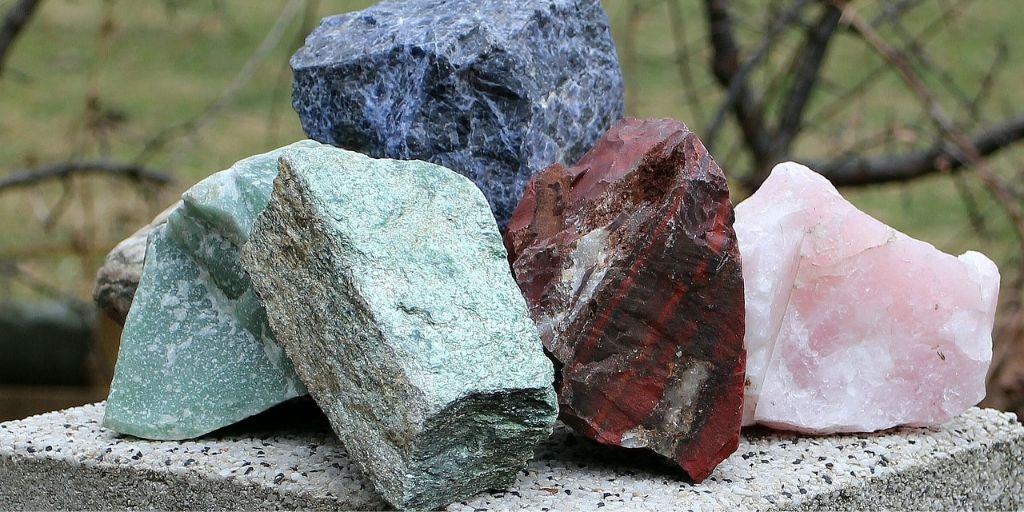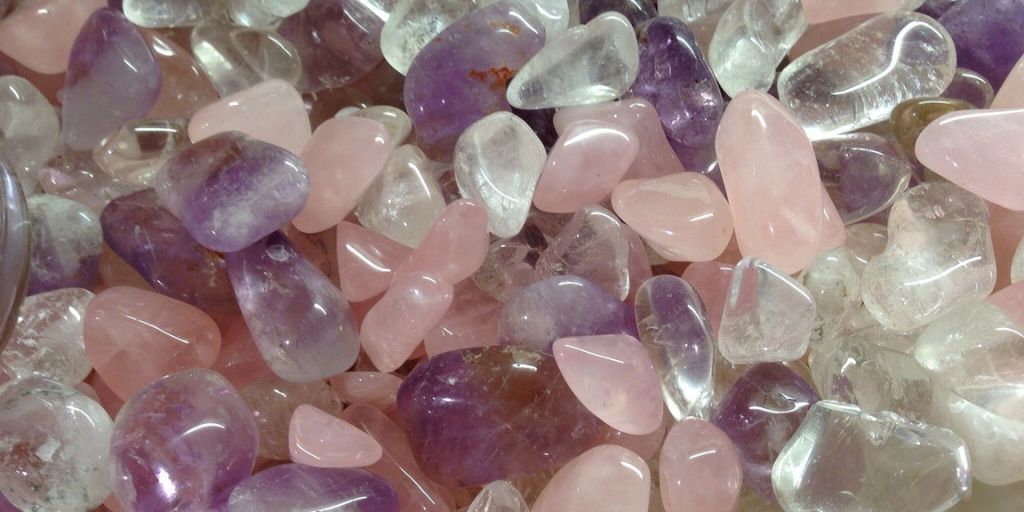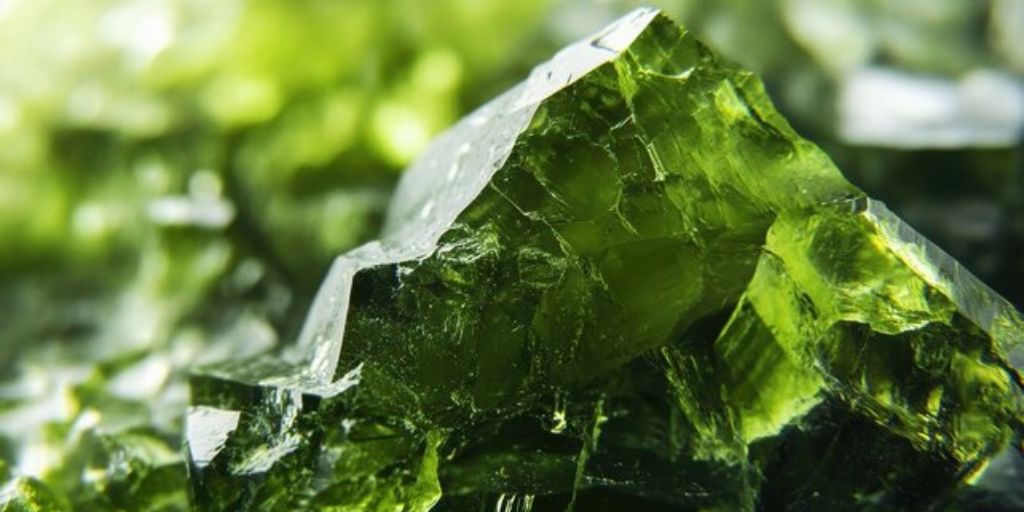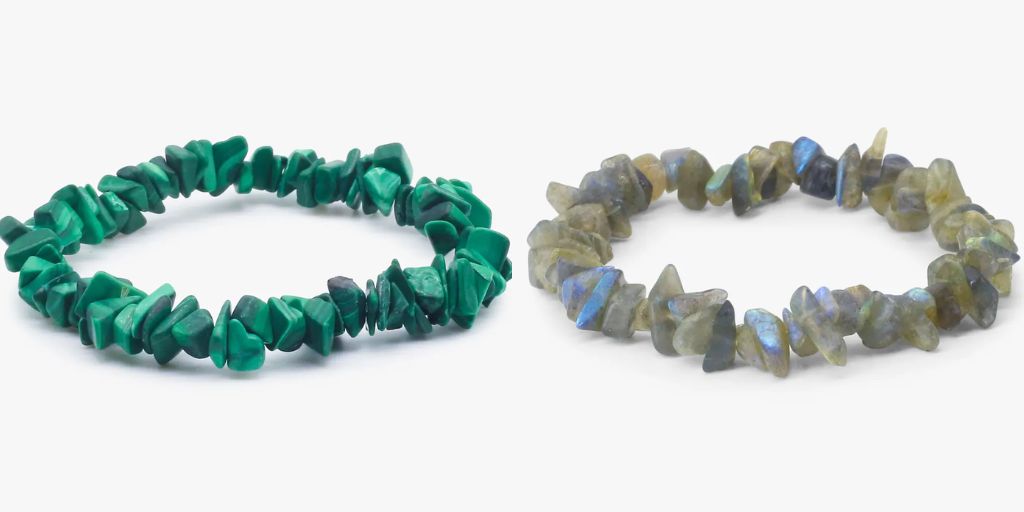
Crystals have become a popular way to enhance our energy, restore balance, and even add beauty to our spaces.
But with their growing popularity, it’s easy to find fake or imitation crystals on the market. So, how can you tell if the crystal you’re holding is the real deal or just a clever replica?
In this guide, we’ll share some key signs to identify genuine crystals. Here is a comprehensive guide to help you distinguish real crystals from imitations.
Table of Contents

Importance of Authentic Crystals

Genuine crystals are prized not only for their aesthetic appeal but also for their natural origins and purported healing properties.
A real crystal carries the energy and essence of the Earth, whereas a fake one may lack these attributes.
With counterfeit crystals becoming more prevalent, knowing how to identify authenticity is crucial for both casual collectors and serious enthusiasts.
Physical Characteristics
Temperature
One of the easiest ways to differentiate real crystals from fake ones is by their temperature.
Real crystals are cool to the touch due to their natural thermal properties. It is likely synthetic if a crystal feels warm or matches the ambient room temperature.
Imperfections
Authentic crystals often exhibit imperfections such as inclusions, natural cracks, or slight color variations.
These irregularities are a hallmark of their natural formation. Conversely, fake crystals tend to appear flawless and overly uniform, which can be a red flag.
Weight and Density
Real crystals have a specific weight relative to their size.
A fake crystal made from materials like glass or plastic may feel unusually light or heavy. Holding a crystal and comparing its weight to a similar specimen can often reveal its authenticity.
Scratch Test
Try scratching a piece of known glass with your crystal to test its hardness. It is likely real if the crystal scratches the glass, as most crystals are harder than glass.
Visual Inspection
Color and Clarity
While genuine crystals can display vibrant hues, overly bright or neon colors may indicate dyeing or synthetic origins.
For instance, perfectly clear quartz crystals without inclusions are rare in nature, making such specimens suspicious.
Surface Patterns
Natural growth patterns, striations, and textures are common in real crystals.
A lack of these features or the presence of air bubbles often points to an artificial origin. Inspect the crystal carefully for these tell-tale signs.
Air bubbles
Authentic crystals don’t have air bubbles but fake glass crystals do. So, if you are wondering how to tell if a crystal is fake, look for air bubbles.
Fake glass crystals are often manufactured in cottage industries that lack quality control. As a result, they are likely to have air bubbles that give away their true or, as we can say, fake.
Distortion
Look through the crystal carefully. Due to their refractive index, real crystals may cause slight distortion or double vision. If the crystal is not visible, it might be a fake.
UV Light Test
Some crystals exhibit fluorescence under ultraviolet light, which can be a helpful indicator to check if you have a real or fake crystal.
Commonly Faked Crystals
The most look after crystals are highly likely to have a rip-off. To check the example, read our blog “How To Spot The Difference In Real Amethyst Vs Fake” on Tocrystal.
So, make sure you are more careful when you are out there shopping for the following crystals:
Quartz Variants

Quartz is one of the most commonly faked crystals. Clear quartz and rose quartz, in particular, are frequently imitated.
Authentic clear quartz usually has natural irregularities, while genuine rose quartz often has a cloudy or milky appearance.
Moldavite

Due to its rarity and value, moldavite is a favorite target for counterfeiters.
Genuine moldavite features a distinct texture and natural inclusions, while fake versions may appear glassy and lack these characteristics.
Labradorite and Malachite

These stones are known for their unique color patterns, which are challenging to replicate.
Authentic labradorite has a shimmering effect known as labradorescence, and real malachite features intricate banding patterns.
Synthetic versions often lack the depth and natural imperfections of these stones.
Testing Methods
Refractive Index
A refractometer can measure how light bends through a crystal, providing a reliable method for identifying its authenticity.
This test is beneficial for gemstones and transparent crystals.
Specific Gravity
Specific gravity testing involves comparing the weight of a crystal in air versus water to determine its density.
This method can help distinguish genuine crystals from imitations.
Sound Test
Tapping a real crystal gently produces a resonant sound, while fake materials like glass or plastic emit a duller sound.
This simple test can often confirm a crystal’s authenticity.
Purchasing Tips
Source Reliability
Always buy from reputable dealers like Tocrystal who provide detailed information about the origin and treatment of their crystals.
Avoid sellers who cannot verify their sources or offer products at prices that seem too good to be true.
Price Consideration
Genuine crystals are often priced according to their rarity and quality. If a deal appears suspiciously cheap, it is likely a counterfeit product.
Certification
Request a certificate of authenticity, especially for high-value purchases. Many reputable dealers offer documentation to verify the legitimacy of their crystals.
Final Note
Distinguishing real crystals from fake ones requires knowledge, careful observation, and specific testing methods.
Understanding their physical and visual characteristics and knowing what to look for in common counterfeit examples can help you make informed decisions and avoid being misled.
Investing in genuine crystals ensures their value and preserves their intended energy and beauty. So, always prioritize quality over price and seek trusted sources for your crystal purchases.
